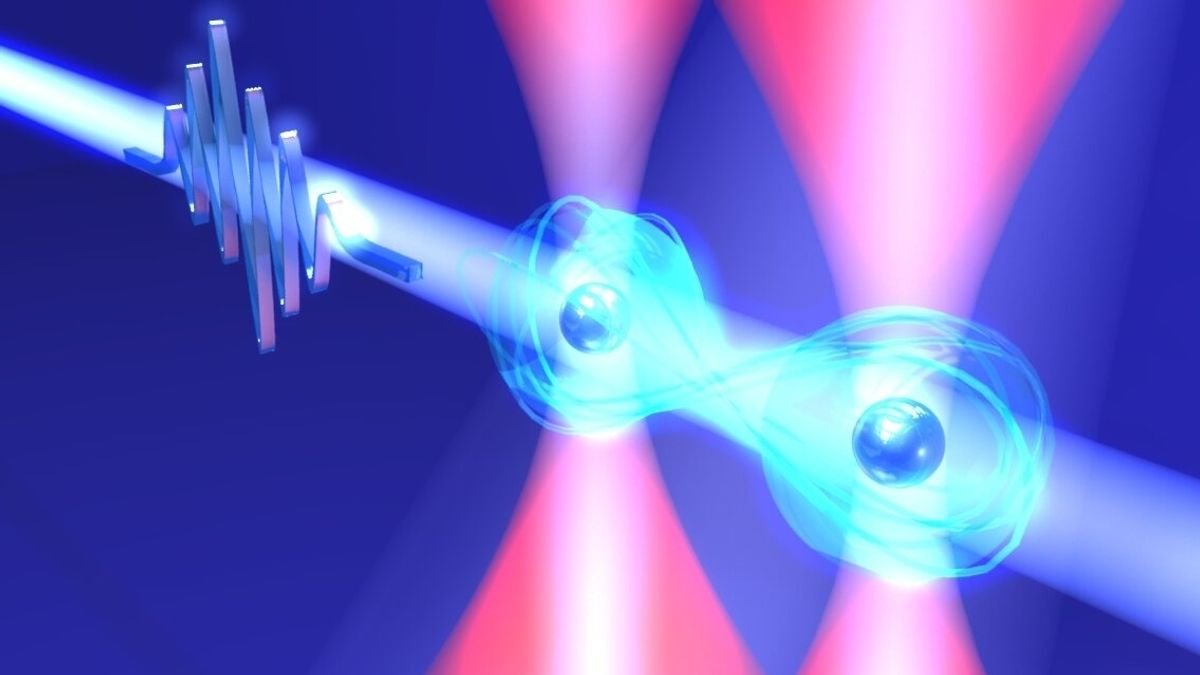In an innovative breakthrough that promises to scale quantum computing to new heights, researchers have made significant advancements in ion trap technology. These developments, unfolding from the labs of ETH Zurich and Sandia National Laboratories, mark a pivotal moment in the quest for more powerful quantum computers.
Key Highlights:
- Innovative Ion Trap Designs: ETH Zurich introduced a new approach using Penning traps with static magnetic fields, enabling the arbitrary transport of ions and the necessary operations for quantum computing. This contrasts with the traditional use of Paul traps and oscillating fields.
- The Enchilada Trap: Sandia National Laboratories developed a world-class ion trap, dubbed the Enchilada Trap, capable of supporting up to 200 trapped ion qubits. This device is poised to facilitate the building of more complex quantum algorithms.
- QCCD Architectural Advancements: Research has focused on Quantum Charged Coupled Device (QCCD) architectures, proposing scalable systems composed of multiple traps. This design allows for entanglement across traps via ion shuttling, crucial for the next generation of quantum computers.
Exploring New Frontiers in Quantum Computing
The development of the Penning trap by researchers at ETH Zurich represents a significant leap forward. By utilizing static magnetic fields and superconducting magnets, this new ion trap can move ions arbitrarily across a chip, a capability not possible with previous technologies. This advancement allows for the precise control of qubit energy states and the creation of entangled states essential for quantum computing.
Bridging Quantum and Classical Computing
The groundbreaking work in ion trap technology is not just about quantum computing in isolation; it’s about how these quantum systems can work in tandem with classical computing architectures. The integration of quantum and classical systems is crucial for the practical application of quantum computing. As quantum processors excel at specific types of problems, such as cryptography and complex simulations, their integration into classical computing infrastructures could significantly enhance computing power and efficiency.
Quantum Computing: Beyond Theory
The development of Penning traps and the Enchilada Trap represents a move from theoretical models of quantum computing towards tangible, scalable quantum processors. These advancements offer a glimpse into a future where quantum computers are not just experimental setups but are part of the computing infrastructure, tackling real-world problems ranging from drug discovery to climate modeling. This shift from theory to application is pivotal, indicating that the quantum computing era is inching closer to reality.
Sandia’s Enchilada Trap, with its capacity to store and transport up to 200 qubits, heralds a new era of quantum computing potential. The device’s design addresses key challenges such as ion arrangement for complex calculations and heat dissipation, ensuring its viability for future quantum computing applications.
The exploration of QCCD architectures highlights the ongoing efforts to optimize quantum computing systems. By examining various design choices and their impact on system performance, researchers aim to find the sweet spot in terms of the number of ions per trap and the overall system architecture. This study underscores the importance of a holistic approach to quantum computing design, combining hardware innovation with strategic system configuration.



















